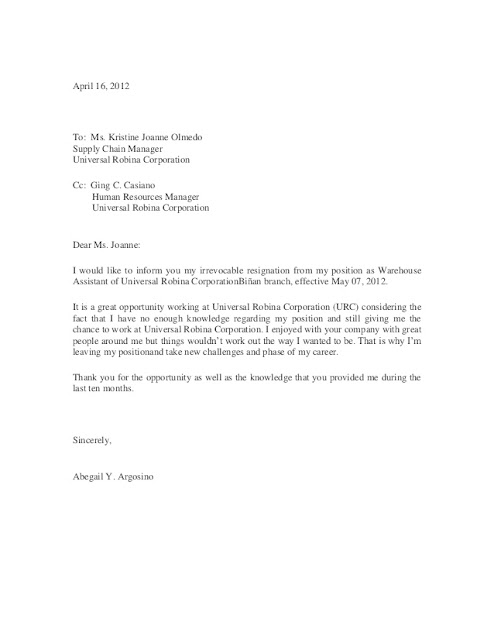Typical sales letters start off with a very strong statement to capture the interest of the reader. Since the purpose is to get the reader to do something, these letters include strong calls to action, detail the benefit to the reader of taking the action and include information to help the reader to act, such as including a telephone number or website link.
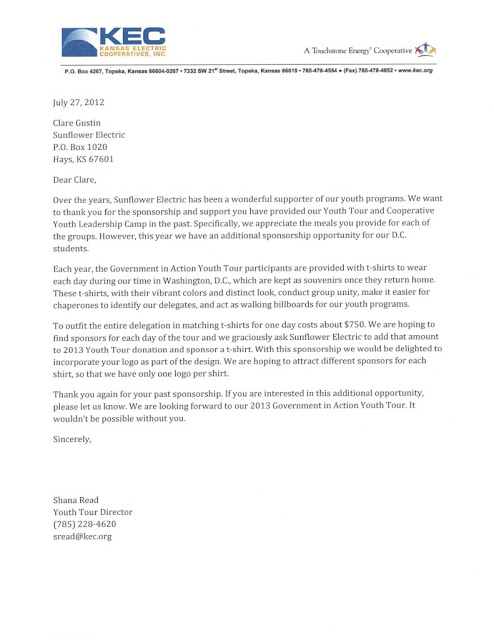
Order letters are sent by consumers or businesses to a manufacturer, retailer or wholesaler to order goods or services. These letters must contain specific information such as model number, name of the product, the quantity desired and expected price. Payment is sometimes included with the letter.
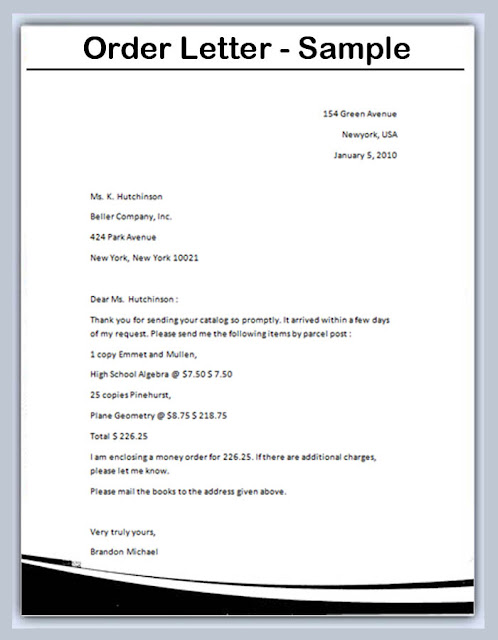
Complaint Letters
The words and tone you choose to use in a letter complaining to a business may be the deciding factor on whether your complaint is satisfied. Be direct but tactful and always use a professional tone if you want the company to listen to you.
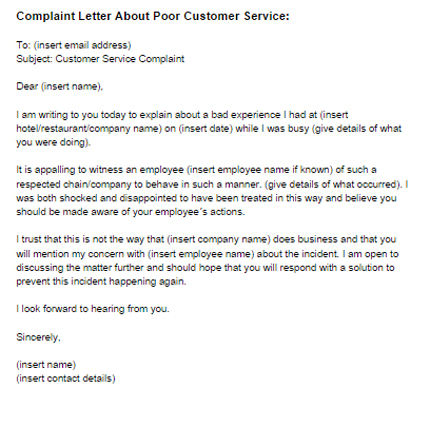
An adjustment letter is normally sent in response to a claim or complaint. If the adjustment is in the customer’s favor, begin the letter with that news. If not, keep your tone factual and let the customer know that you understand the complaint.
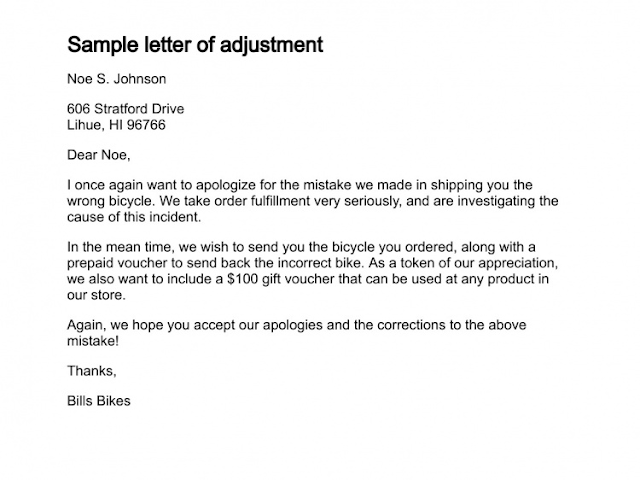
Inquiry Letters
Inquiry letters ask a question or elicit information from the recipient. When composing this type of letter, keep it clear and succinct and list exactly what information you need. Be sure to include your contact information so that it is easy for the reader to respond.

Follow-Up Letter
Follow-up letters are usually sent after some type of initial communication. This could be a sales department thanking a customer for an order, a businessman reviewing the outcome of a meeting or a job seeker inquiring about the status of his application. In many cases, these letters are a combination thank-you note and sales letter.

Letters of Recommendation
Prospective employers often ask job applicants for letters of recommendation before they hire them. This type of letter is usually from a previous employer or professor, and it describes the sender’s relationship with and opinion of the job seeker.
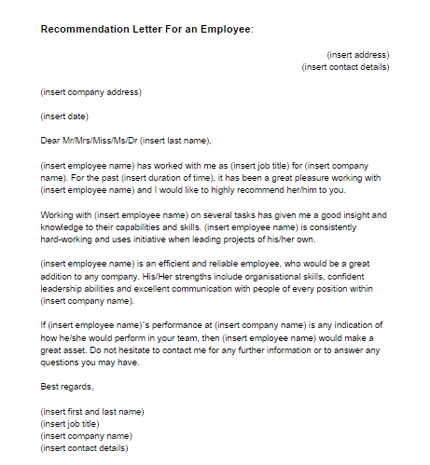
Acknowledgment Letters
Acknowledgment letters act as simple receipts. Businesses send them to let others know that they have received a prior communication, but action may or may not have taken place.
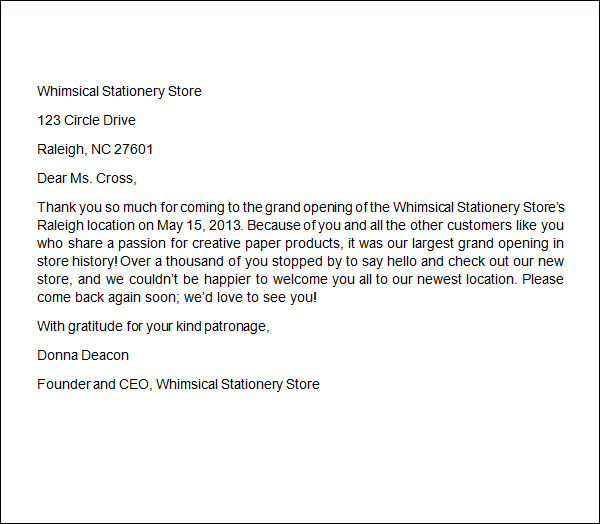
Cover Letter
Cover letters usually accompany a package, report or other merchandise. They are used to describe what is enclosed, why it is being sent and what the recipient should do with it, if there is any action that needs to be taken. These types of letters are generally very short and succinct.
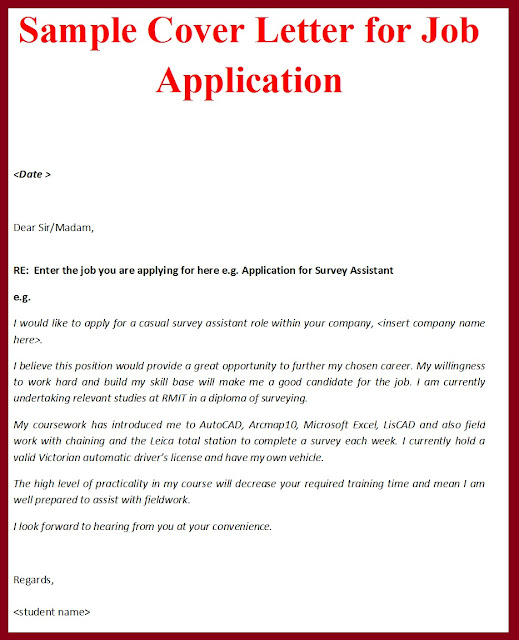
Letters of Resignation
When an employee plans to leave his job, a letter of resignation is usually sent to his immediate manager giving him notice and letting him know when the last day of employment will be. In many cases, the employee also will detail his reason for leaving the company.
